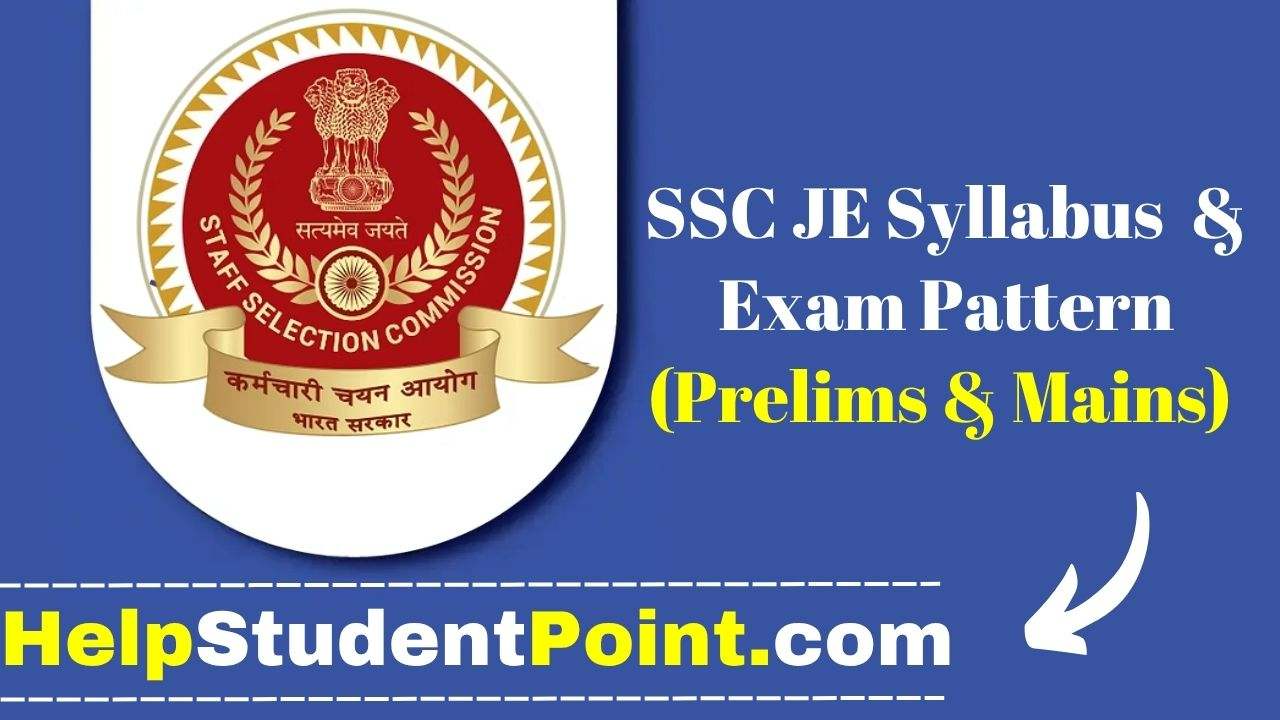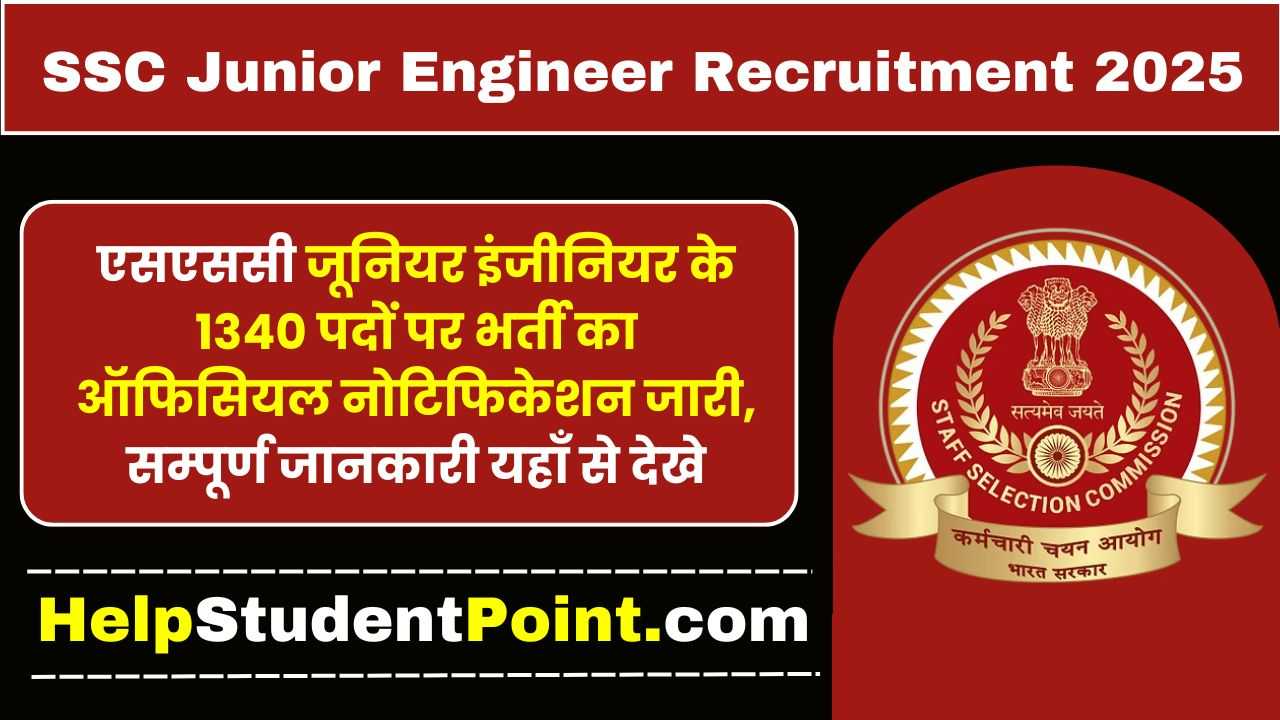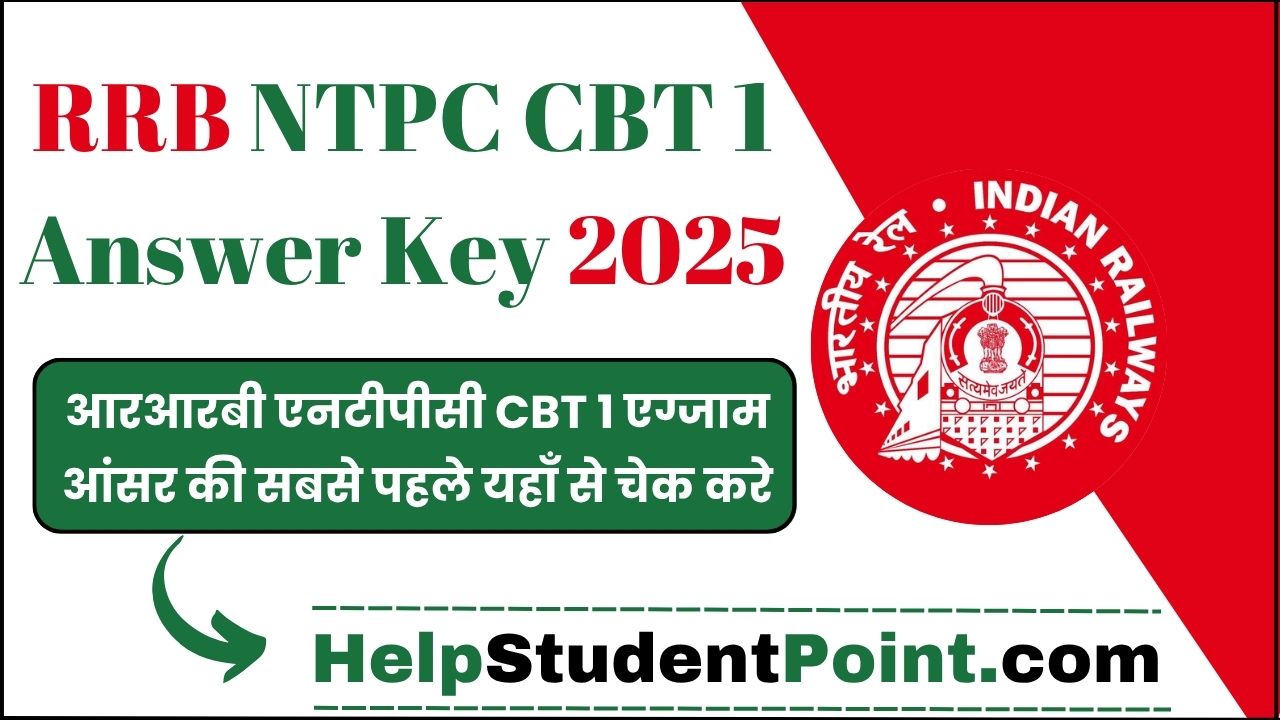| UPSC CSE Chemistry Optional Syllabus for Paper-I | ||||||||
| 1. Atomic Structure : Heisenberg’s uncertainty principle Schrodinger wave equation (time independent); Interpretation of wave function, particle in one- dimensional box, quantum numbers, hydrogen atom wave functions; Shapes of s, p and d orbitals. 2. Chemical bonding : Ionic bond, characteristics of ionic compounds, lattice energy, Born-Haber cycle; covalent bond and its general characteristics, polarities of bonds in molecules and their dipole moments; Valence bond theory, concept of resonance and resonance energy; Molecular orbital theory (LCAO method); bonding H2 +, H2 He2 + to Ne2, NO, CO, HF, CN–, Comparison of valence bond and molecular orbital theories, bond order, bond strength and bond length. 3. Solid State : Crystal systems; Designation of crystal faces, lattice structures and unit cell; Bragg’s law; X-ray diffraction by crystals; Close packing, radius ratio rules, calculation of some limiting radius ratio values; Structures of NaCl, ZnS, CsCl, CaF2; Stoichiometric and nonstoichiometric defects, impurity defects, semi-conductors. 4. The Gaseous State and Transport Phenomenon : Equation of state for real gases, intermolecular interactions, and critical phenomena and liquefaction of gases; Maxwell’s distribution of speeds, intermolecular collisions, collisions on the wall and effusion; Thermal conductivity and viscosity of ideal gases. 5. Liquid State : Kelvin equation; Surface tension and surface enercy, wetting and contact angle, interfacial tension and capillary action. 6. Thermodynamics : Work, heat and internal energy; first law of thermodynamics. Second law of thermodynamics; entropy as a state function, entropy changes in various processes, entropy-reversibility and irreversibility, Free energy functions; Thermodynamic equation of state; Maxwell relations; Temperature, volume and pressure dependence of U, H, A, G, Cp and Cv, and ; J-T effect and inversion temperature; criteria for equilibrium, relation between equilibrium constant and thermodynamic quantities; Nernst heat theorem, introductory idea of third law of thermodynamics. 7. Phase Equilibria and Solutions : Clausius-Clapeyron equation; phase diagram for a pure substance; phase equilibria in binary systems, partially miscible liquids—upper and lower critical solution temperatures; partial molar quantities, their significance and determination; excess thermodynamic functions and their determination. 8. Electrochemistry : Debye-Huckel theory of strong electrolytes and Debye-Huckel limiting Law for various equilibrium and transport properties. Galvanic cells, concentration cells; electrochemical series, measurement of e.m.f. of cells and its applications fuel cells and batteries. Processes at electrodes; double layer at the interface; rate of charge transfer, current density; overpotential; electroanalytical techniques : amperometry, ion selective electrodes and their use. 9. Chemical Kinetics: Differential and integral rate equations for zeroth, first, second and fractional order reactions; Rate equations involving reverse, parallel, consecutive and chain reactions; Branching chain and explosions; effect of temperature and pressure on rate constant. Study of fast reactions by stop-flow and relaxation methods. Collisions and transition state theories. 10. Photochemistry: Absorption of light; decay of excited state by different routes; photochemical reactions between hydrogen and halogens and their quantum yields. 11. Surface Phenomena and Cataly Adsorption from gases and solutions on solid adsorbents; Langmuir and B.E.T. adsorption isotherms; determination of surface area, characteristics and mechanism of reaction on heterogeneous catalysts. 12. Bio‐inorganic Chemistry: Metal ions in biological systems and their role in ion-transport across the membranes (molecular mechanism), oxygen-uptake proteins, cytochromes and ferrodoxins. 13. Coordination Chemistry : (i) Bonding in transition of metal complexes. Valence bond theory, crystal field theory and its modifications; applications of theories in the explanation of magnetism and elctronic spectra of metal complexes. (ii) Isomerism in coordination compounds; IUPAC nomenclature of coordination compounds; stereochemistry of complexes with 4 and 6 coordination numbers; chelate effect and polynuclear complexes; trans effect and its theories; kinetics of substitution reactions in square-planar complexes; thermodynamic and kinetic stability of complexes. (iii) EAN rule, Synthesis structure and reactivity of metal carbonyls; carboxylate anions, carbonyl hydrides and metal nitrosyl compounds. (iv) Complexes with aromatic systems, synthesis, structure and bonding in metal olefin complexes, alkyne complexes and cyclopentadienyl complexes; coordinative unsaturation, oxidative addition reactions, insertion reactions, fluxional molecules and their characterization; Compounds with metal—metal bonds and metal atom clusters. 14. Main Group Chemistry: Boranes, borazines, phosphazenes and cyclic phosphazene, silicates and silicones, Interhalogen compounds; Sulphur—nitrogen compounds, noble gas compounds. 15. General Chemistry of ‘f’ Block Element: Lanthanides and actinides: separation, oxidation states, magnetic and spectral properties; lanthanide contraction. |
| Also Read | ||||||||
| Latest UPSC Jobs | ||||||||
| Lastest UPSC Syllabus | ||||||||
| UPSC Previous Year Paper | ||||||||
| Latest UPSC Admit Card | ||||||||
| Latest UPSC Results | ||||||||
| UPSC Exam Salary Chart | ||||||||
| UPSC Official WebSite |
| UPSC CSE Chemistry Optional Syllabus for Paper-II | ||||||||
| 1. Delocalised Covalent Bonding : Aromaticity, anti-aromaticity; annulenes, azulenes, tropolones, fulvenes, sydnones. 2. (i) Reaction mechanisms : General methods (both kinetic and non-kinetic) of study of mechanisms or organic reactions : isotopies, mathod cross-over experiment, intermediate trapping, stereochemistry; energy of activation; thermodynamic control and kinetic control of reactions. (ii) Reactive intermediates : Generation, geometry, stability and reactions of carboniumions and carbanions, free radicals, carbenes, benzynes and nitrenes. (iii) Substitution reactions :—SN 1, SN 2, and SN i, mechanisms ; neighbouring group participation; electrophilic and nucleophilic reactions of aromatic compounds including heterocyclic compounds—pyrrole, furan, thiophene and indole. (iv) Elimination reactions :—E1, E2 and E1cb mechanisms; orientation in E2 reactions—Saytzeff and Hoffmann; pyrolytic syn elimination—acetate pyrolysis, Chugaev and Cope eliminations. (v) Addition reactions :—Electrophilic addition to C=C and CC; nucleophilic addition to C=O, CN, conjugated olefins and carbonyls. (vi) Reactions and Rearrangements :—(a) Pinacol-pinacolone, Hoffmann, Beckmann, Baeyer-Villiger, Favorskii, Fries, Claisen, Cope, Stevens and Wagner—Meerwein rearrangements. (b) Aldol condensation, Claisen condensation, Dieckmann, Perkin, Knoevenagel, Witting, Clemmensen, Wolff-Kishner, Cannizzaro and von Richter reactions; Stobbe, benzoin and acyloin condensations; Fischer indole synthesis, Skraup synthesis, Bischler-Napieralski, Sandmeyer, Reimer-Tiemann and Reformatsky reactions. 3. Pericyclic reactions :—Classification and examples; Woodward-Hoffmann rules—electrocyclic reactions, cycloaddition reactions [2+2 and 4+2] and sigmatropic shifts [1, 3; 3, 3 and 1, 5], FMO approach. 4. (i) Preparation and Properties of Polymers: Organic polymerspolyethylene, polystyrene, polyvinyl chloride, teflon, nylon, terylene, synthetic and natural rubber. (ii) Biopolymers: Structure of proteins, DNA and RNA. 5. Synthetic Uses of Reagents: OsO4, HlO4, CrO3, Pb(OAc)4, SeO2, NBS, B2H6, Na-Liquid NH3, LiAIH4, NaBH4, n-BuLi, MCPBA. 6. Photochemistry :—Photochemical reactions of simple organic compounds, excited and ground states, singlet and triplet states, Norrish-Type I and Type II reactions. 7. Spectroscopy: Principle and applications in structure elucidation : (i) Rotational—Diatomic molecules; isotopic substitution and rotational constants. (ii) Vibrational—Diatomic molecules, linear triatomic molecules, specific frequencies of functional groups in polyatomic molecules. (iii) Electronic—Singlet and triplet states. n and transitions; application to conjugated double bonds and conjugated carbonyls Woodward-Fieser rules; Charge transfer spectra. (iv) Nuclear Magnetic Resonance (1HNMR): Basic principle; chemical shift and spin-spin interaction and coupling constants. (v) Mass Spectrometry :—Parent peak, base peak, metastable peak, McLafferty rear |
Frequently Asked Questions (FAQs) On UPSC CSE Optional Syllabus
Question- What is the UPSC’s Annual Programme (Calendar) of Examinations/RTs (Recruitment Tests)?
Answer – The UPSC publishes an Annual Programme (Calendar) of all the Structured Examinations/RTs conducted by it at least 6 months in advance (i.e. in June) for the Examinations/RTs to be conducted during the next calendar year. The Programme is uploaded on the UPSC’s website as also published in the leading news papers of the country. The date of issue of Examination Notice for each Examination is also mentioned in this Annual Programme.
Question- What happens if a candidate submits multiple online applications?
Answer – While a candidate should avoid submitting more than one online application, in case of doing so, the data provided in the last application (highest RID Number), that is successfully submitted online, is accepted by the Commission. All previous applications are ignored as these are amalgamated with the last completed & finally submitted application. If an applicant (who has already submitted an application successfully) wants to
make amendments in the application, then he has to submit a fresh application on or before the last date of submission of application of the Examination. Therefore, it must be ensured that fee is submitted against the
last online application only, which should also be complete in all respects including its final submission. Fee paid against one RID shall not be adjusted against any other RID number
Question- What action is taken by the Commission in case of submission of false information by the candidates?
Answer – A candidate found to be furnishing false information to the Commission or suppressing information, adopting various unfair means in the Examination like impersonation, cheating, etc., is liable to be disqualified
and/or debarred from writing UPSC Examinations as decided by the Commission. A detailed stipulation in this regard is incorporated in the Rules of Examination/ Examination Notices.





